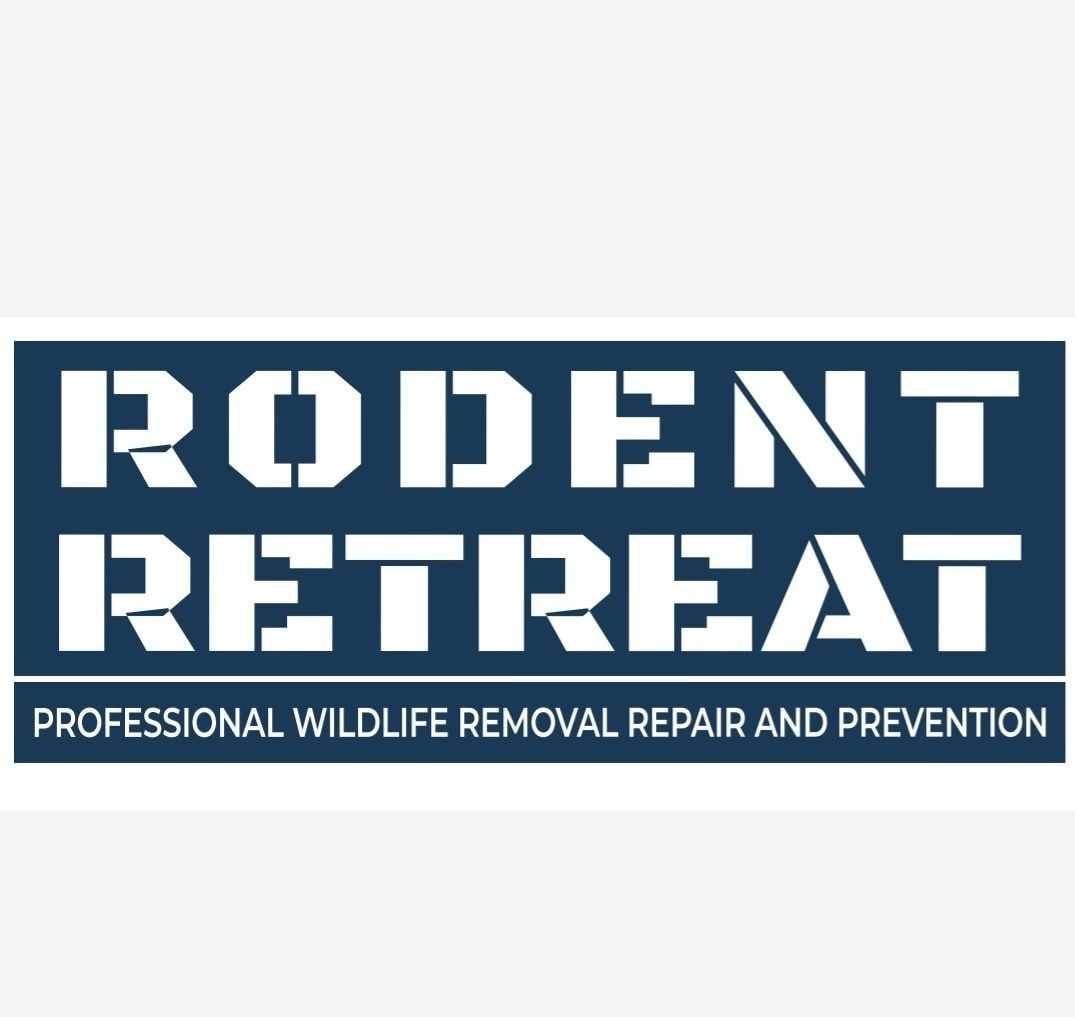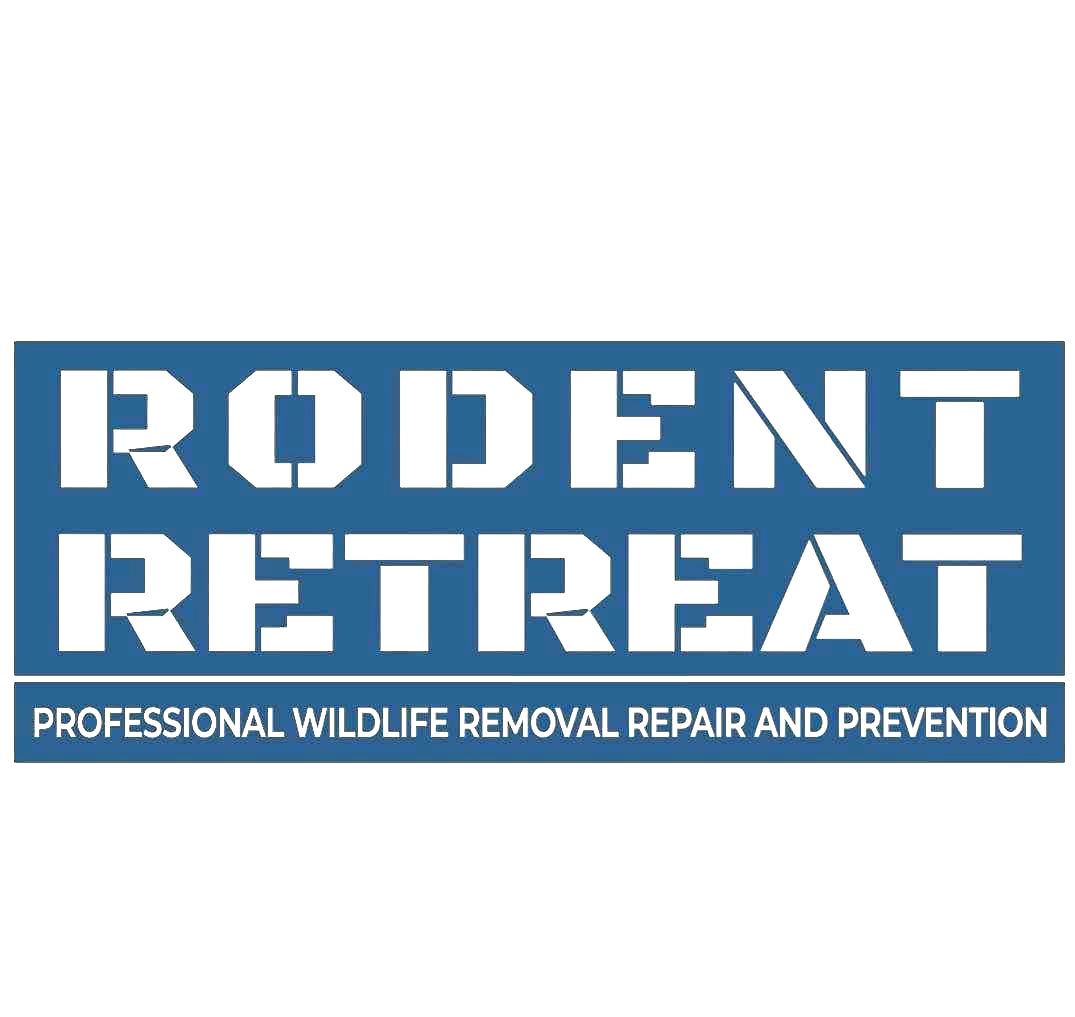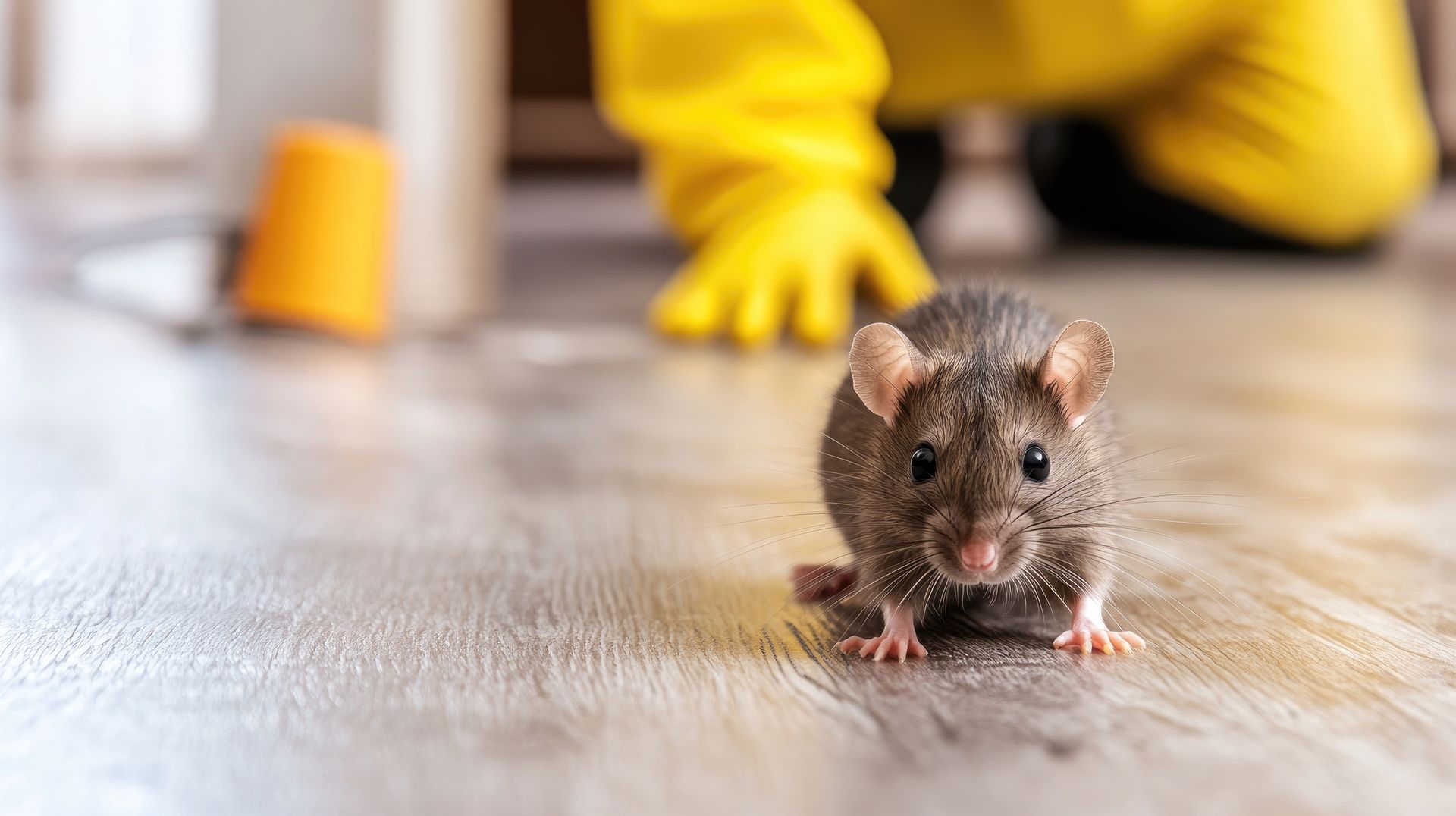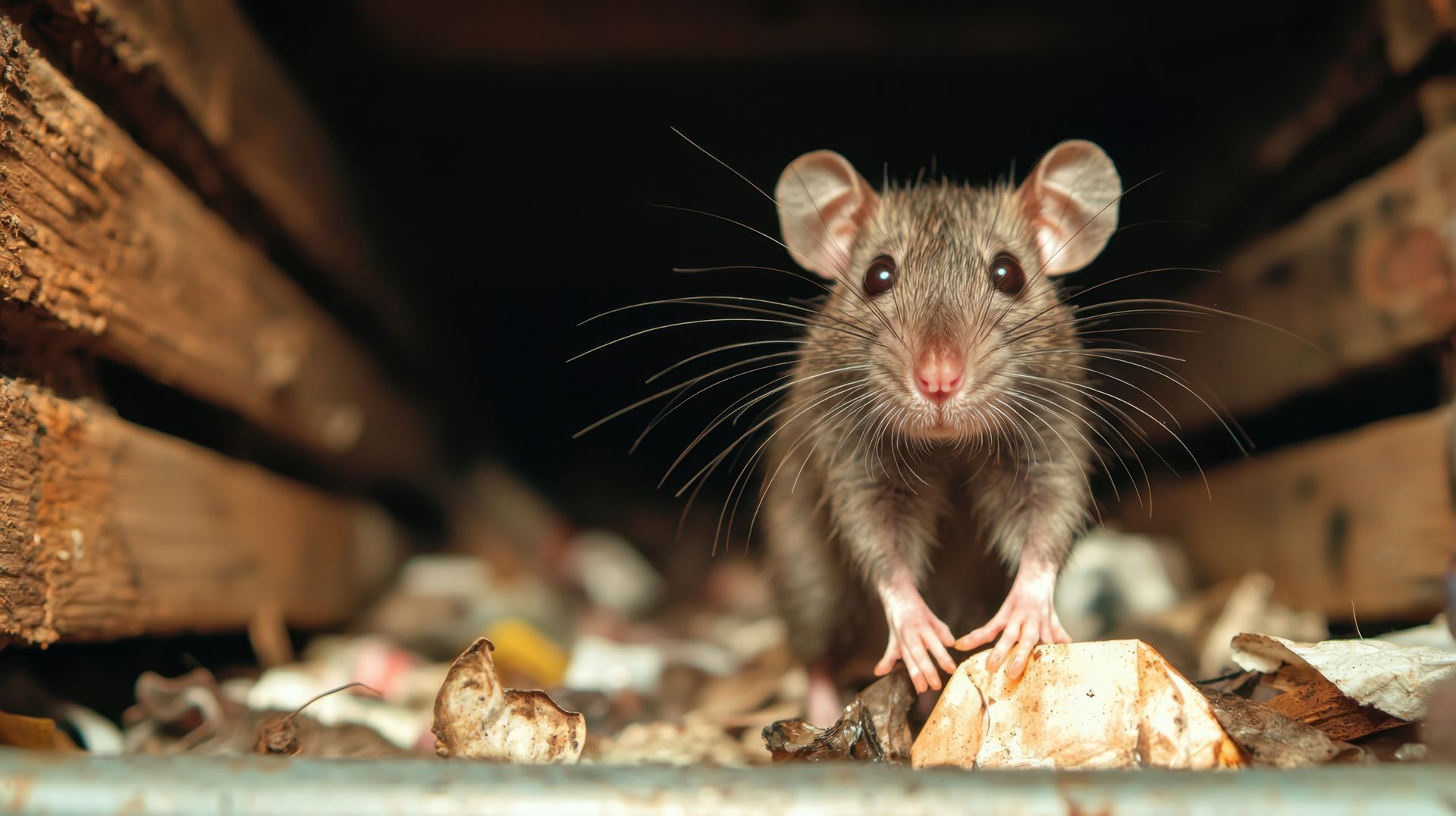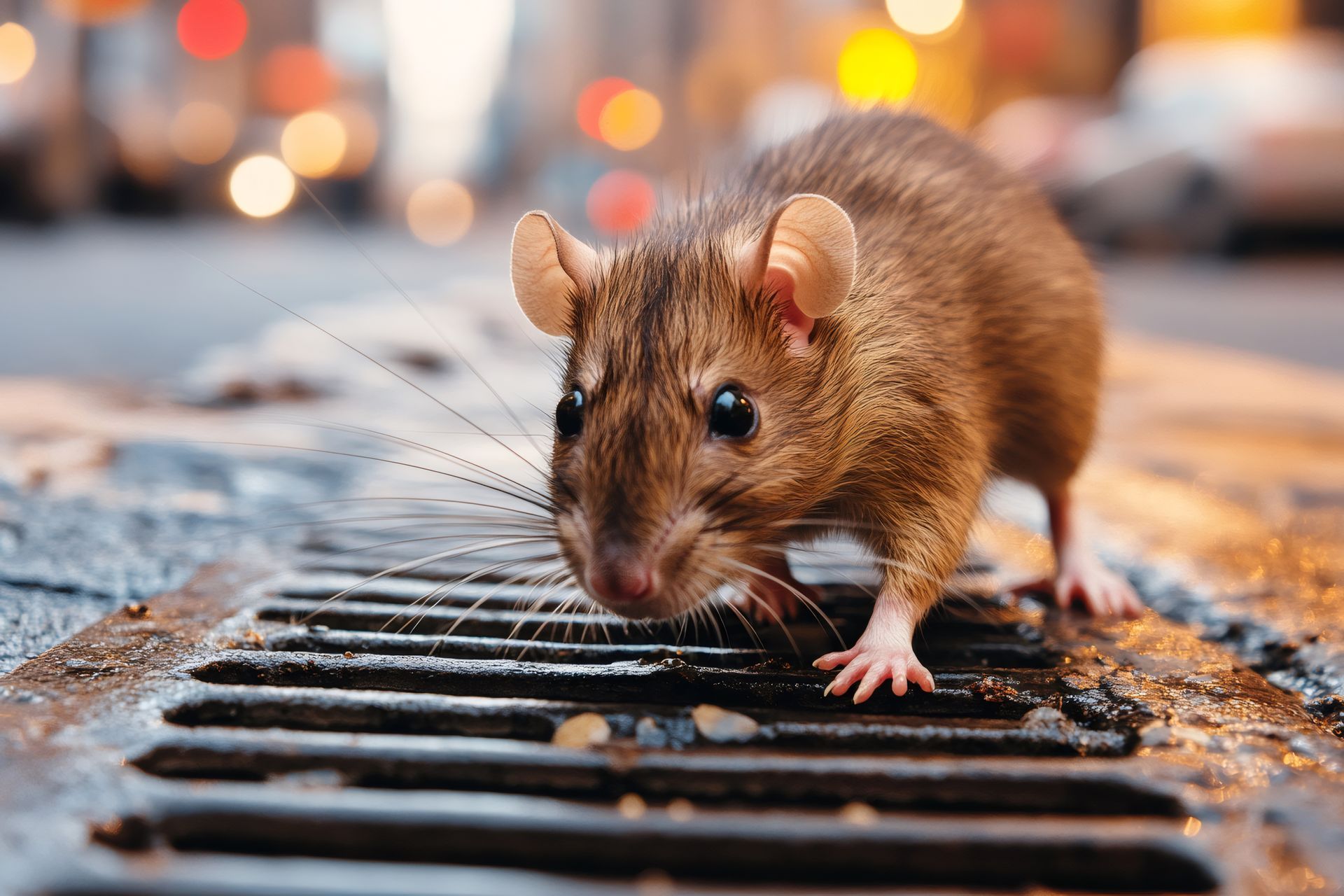Mouse Guide: Identification, Prevention, & Effective Removal
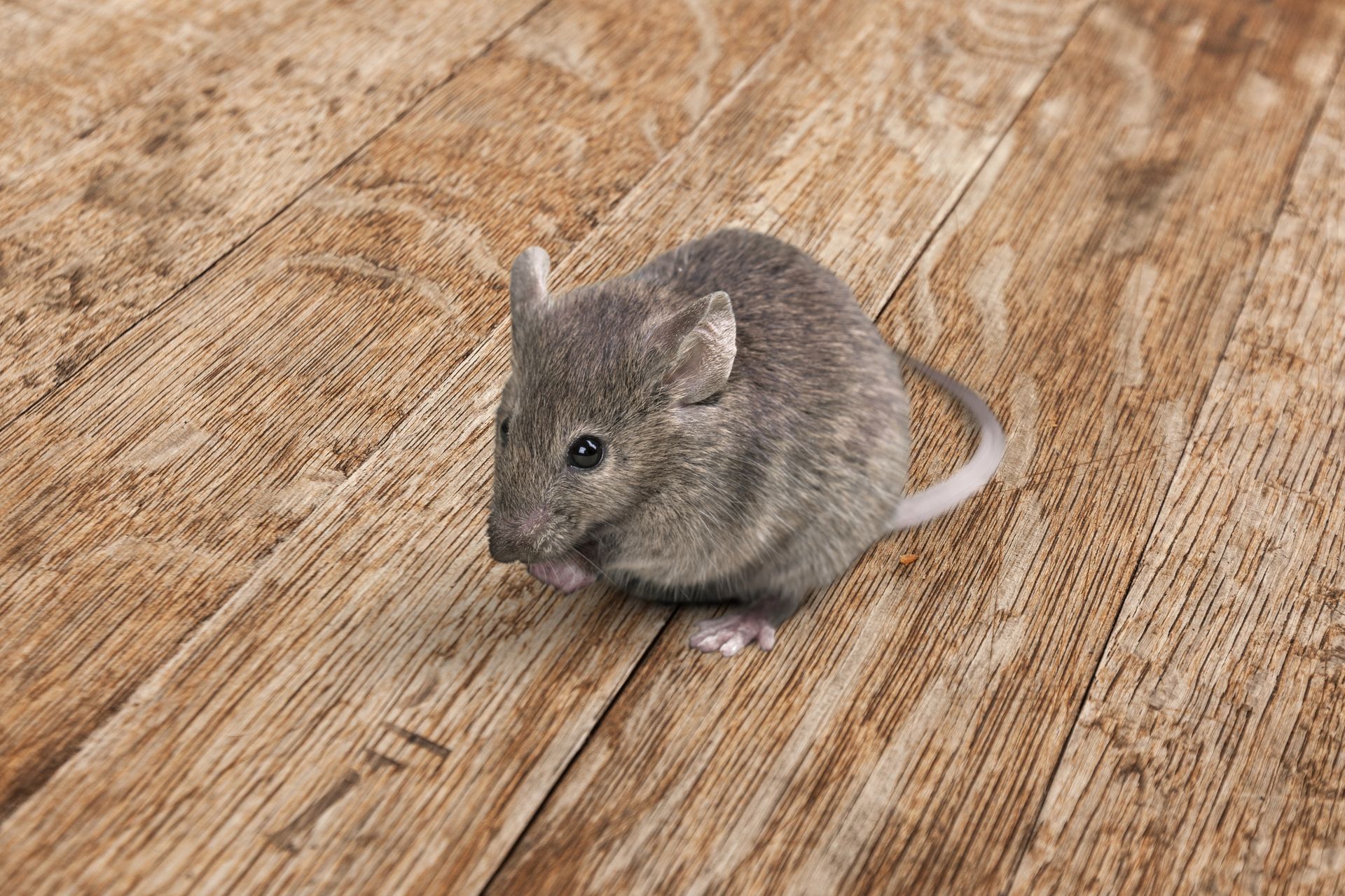
Mice may be small, but their presence in a home or business can lead to big problems. In Texas, residents often encounter common species like the house mouse (Mus musculus) and the deer mouse (Peromyscus maniculatus). These rodents are notorious for contaminating food, chewing through electrical wiring, and spreading diseases such as hantavirus and salmonella.
While spotting a single mouse might not seem alarming, mice are prolific breeders, and an unnoticed infestation can quickly spiral out of control. That’s why early identification and prompt removal are essential. Although DIY methods may offer temporary relief, professional services—like those provided by Rodent Retreat—ensure thorough and lasting solutions.
This guide covers everything you need to know about mice in Texas, from identifying species to preventing infestations and employing the most effective removal strategies.
Identifying Mice in Texas
Recognizing the signs of a mouse problem is the first step in addressing an infestation. Here’s how to identify mice in your home:
Physical Characteristics
- House Mouse: Small (2.5-4 inches long) with large ears, a pointed snout, and a long, scaly tail. Fur is light brown or gray.
- Deer Mouse: Slightly larger, with white feet, a white underbelly, and a bicolored tail. Often found in rural areas.
- White-Footed Mouse: Similar in appearance to the deer mouse but prefers wooded environments.
- Cotton Mouse: Found in southeastern Texas, these rodents have soft fur and a robust build.
Signs of Infestation
- Droppings: Tiny, dark, and pellet-shaped droppings near food sources or along walls.
- Gnaw Marks: Mice constantly chew on wood, wires, and plastic.
- Tracks and Grease Marks: Dusty footprints or greasy smudges along baseboards indicate travel paths.
- Scratching Sounds: Nocturnal noises coming from walls, ceilings, or under floors.
- Nests: Made of shredded paper, fabric, or insulation in secluded areas.
If you notice these signs, quick action is necessary before the problem worsens.
Mouse Behavior and Habits
Understanding how mice behave can help with both prevention and removal efforts. Here’s what you should know:
Breeding and Nesting
Mice reproduce at an alarming rate. A single female can give birth to 5-10 litters per year, with each litter containing up to 12 pups. Within weeks, these offspring begin reproducing, leading to rapid population growth.
They prefer nesting in warm, undisturbed places, such as attics, wall voids, and storage boxes. If left unchecked, a minor infestation can turn into a major issue in just a few months.
Food and Travel Patterns
Mice are omnivores but primarily feed on grains, seeds, and leftovers. They establish well-worn pathways between nests and food sources, rarely venturing far from safety. Their keen sense of smell allows them to locate food sources easily, making kitchens and pantries prime targets.
Activity Levels
These nocturnal creatures are most active at night, making them difficult to spot during the day. Their high metabolism means they are constantly searching for food, which is why infestations often result in extensive food contamination.
Preventing Mouse Infestations
Keeping mice out of your home requires proactive measures. Follow these practical tips to prevent infestations:
Seal Entry Points
Mice can squeeze through openings as small as a dime. Inspect your home for cracks, gaps, and holes in walls, foundations, and around pipes. Use steel wool, caulk, or metal mesh to seal potential entry points. Check for gaps around doors and windows as well.
Proper Food Storage
- Store dry goods in airtight containers.
- Keep pet food in sealed bins and avoid leaving it out overnight.
- Regularly clean up crumbs and spills.
- Take out the trash frequently and ensure bins have tight-fitting lids.
Declutter and Clean
- Remove clutter where mice can hide, especially in garages, attics, and basements.
- Keep trash bins tightly sealed.
- Maintain a clean kitchen, as even small crumbs attract rodents.
- Vacuum regularly and wipe down countertops to eliminate food residue.
Landscaping Tips
- Trim overgrown vegetation near your home.
- Keep woodpiles and debris at least 20 feet from your house.
- Ensure grass and shrubs are well-maintained to reduce hiding spots.
- Store firewood off the ground and away from the house.
By taking these steps, you can significantly reduce the chances of an infestation.
DIY Mouse Control Methods
If mice have already made their way indoors, there are several DIY methods homeowners can try before seeking professional help.
Traps
- Snap Traps: Traditional and effective when placed correctly along mouse pathways.
- Glue Traps: Catch mice by immobilizing them but are considered less humane.
- Bait Stations: Enclosed bait boxes can help eliminate mice but should be used with caution around pets and children.
Natural Repellents
- Peppermint oil and vinegar are believed to deter mice when applied to entry points.
- Ultrasonic repellents claim to emit sounds that drive rodents away, though effectiveness varies.
- Ammonia-soaked cotton balls mimic the smell of predators and may keep mice away.
Limitations of DIY Methods
While traps and repellents may help control small infestations, they often fail in larger-scale problems. Mice are intelligent and quickly learn to avoid traps, making full extermination difficult without professional intervention.
Professional Mouse Removal in Texas
For serious infestations, mice removal Texas residents can rely on comes in the form of professional pest control services like Rodent Retreat. Here’s why hiring experts is the best option:
Comprehensive Inspection
Professionals assess the entire property to locate nests, entry points, and high-traffic areas.
Targeted Treatment Plans
Using a combination of traps, baits, and exclusion techniques, specialists create a tailored plan to eliminate the infestation efficiently.
Safe and Effective Methods
Licensed pest control companies use professional-grade solutions that are safe for families and pets.
Ongoing Prevention
Professionals provide recommendations and services to prevent future infestations, offering long-term peace of mind. If DIY efforts have failed or the infestation has grown too large, it’s time to call in the experts at Rodent Retreat.
If you want to know more about expert rodent control, visit Rodent Retreat: Your Mice Removal Experts.
Conclusion
Mice infestations can be stressful and hazardous, but with the right approach, they can be controlled and prevented. Identifying the problem early, implementing effective prevention measures, and seeking professional assistance when necessary are the keys to a rodent-free home.
If you’re dealing with a mouse problem, don’t wait until it gets worse.
Contact Rodent Retreat today for expert mice removal Texas residents can trust. Their experienced team is ready to provide a thorough inspection, safe removal, and long-term prevention strategies to keep your home mouse-free.
